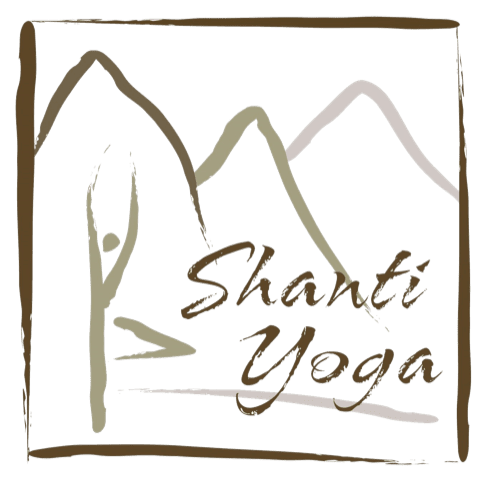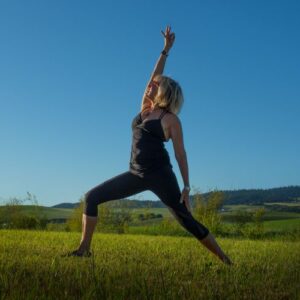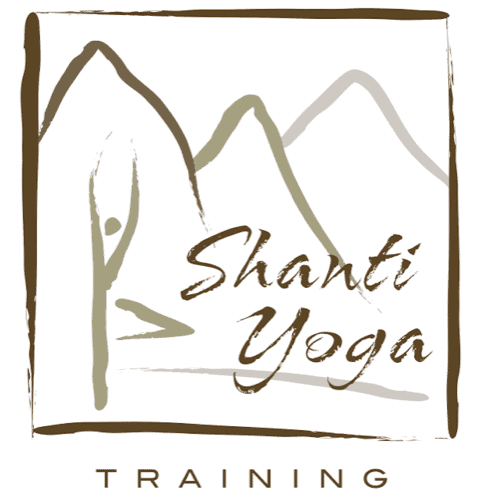“Asana must have the dual qualities of alertness and relaxation,” Patanjali, 2.45 Yoga Sutras
” Asana offers time-honored techniques for feeling more at home in your body. When you feel better, you not only enjoy asana practice, but you also have the energy necessary to continue your exploration of the Self, which is the soul of yoga. When you approach the poses with an open mind and loving heart, your journey remains fresh and rewarding as you make the poses your own.” Asana offers time-honored techniques for feeling more at home in your body. When you feel better, you not only enjoy asana practice, but you also have the energy necessary to continue your exploration of the Self, which is the soul of yoga. When you approach the poses with an open mind and loving heart, your journey remains fresh and rewarding as you make the poses your own.” Judith Lasater
“Asanas are doorways to the true nectar of yoga,” Patricia Walden.
Asana for many, is the entry point to Yoga. Therefore, it is essential that trainees learn how to practice and teach asana with consideration of: right attitude (the yamas & niyamas), right action (biomechanically sound alignment that respects individual variations and provides a balance of sukha and sthirra), right intent (knowledge of the function of each asana) and right mindfulness (awareness in movement and breath, presence, connection, bliss).
OVERALL OBJECTIVE
Students will learn the history, philosophy, psychology and biomechanics of asana and how to apply these concepts to practice and teaching. They will be able to demonstrate this knowledge in 30 asanas.





